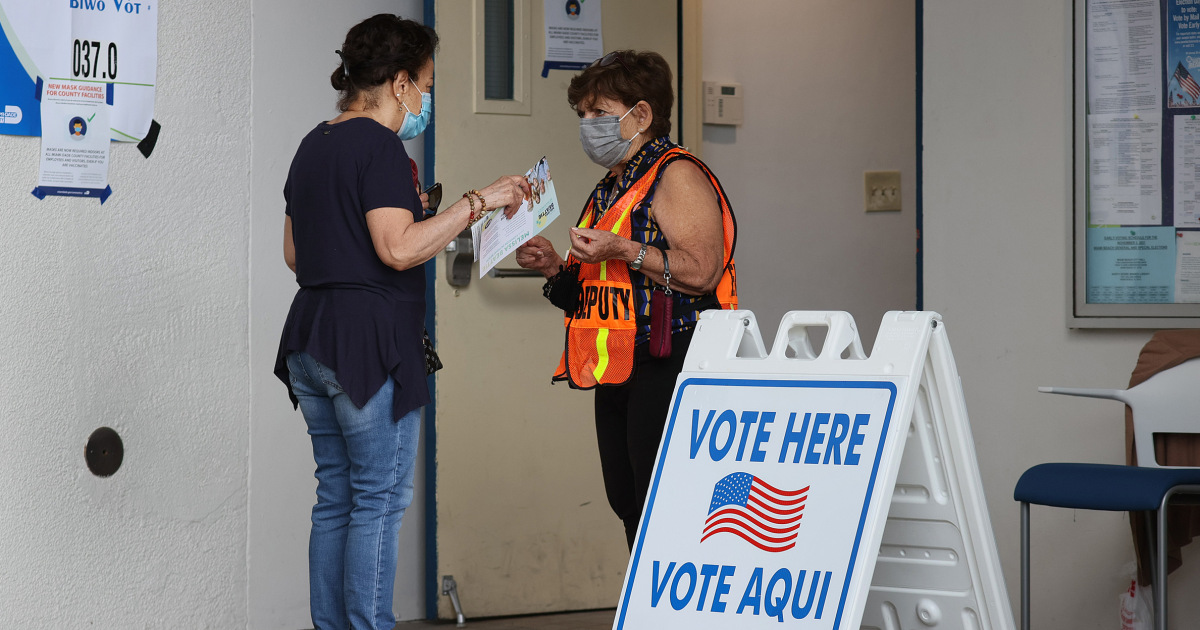According to the 2017 Global Burden of Diseases Report, India is among the countries with the highest burden of chronic respiratory diseases, accounting for 15.69% of global cases and 30.28% of global deaths from these conditions. It has the highest number of COPD cases, with 55.23 million affected, and the second-highest number of COPD-related deaths, nearly 0.85 million. Additionally, India leads in asthma-related fatalities, representing 43% of global deaths.
Despite the significant health and economic impact, awareness remains low among both healthcare professionals and the public. Addressing the root causes, improving early diagnosis, promoting treatment adherence, and enacting effective public health policies are crucial to managing this growing burden. Dr. Arvind Kumar, Chairman, Chest Surgery, Robotic Chest Surgery and Lung Transplant Program, Medanta, Gurugram shares insights on India’s respiratory disease burden.
The Culprits Behind India’s Respiratory Disease Crisis
Air Pollution: Air pollution significantly contributes to India’s respiratory health crisis. Millions are exposed daily to harmful levels of particulate matter (PM2.5 and PM10) from vehicle emissions, industrial pollutants, construction dust, and agricultural waste burning. Poor air quality exacerbates conditions like asthma and COPD and increases the risk of pneumonia and lung cancer. In cities with an Air Quality Index (AQI) above 500, breathing the air is akin to smoking 25-30 cigarettes a day. For instance, an AQI of 300-350 could equate to smoking 15-20 cigarettes daily, underscoring the severe health risks associated with toxic air in India.
Smoking and Vaping: Tobacco use remains a major health issue in India, with over 267 million users. Smoking is a primary cause of respiratory diseases like lung cancer, COPD, and chronic bronchitis. The chemicals in tobacco smoke damage airways and impair lung function, leading to approximately 1.2 to 1.3 million deaths annually in India. Secondhand smoke is equally harmful, often more so due to the lack of filtration. Vaping, marketed as a “safer” alternative, introduces its own risks. Although e-cigarettes may contain fewer harmful chemicals than tobacco, they are not risk-free. Studies show that vaping can cause respiratory damage within 5 to 10 years, raising concerns about long-term health effects.
Indoor Air Pollution: In rural areas, indoor air pollution is a significant issue, with many households using traditional biomass fuels like wood, coal, and animal dung for cooking and heating. This results in high levels of indoor smoke and particulate matter, leading to respiratory problems, particularly among women and children who spend more time indoors. Chronic exposure can cause asthma, COPD, and acute respiratory infections.
Occupational Hazards and Industrial Emissions: Workers in industries such as mining, construction, and manufacturing face increased risks of respiratory diseases due to exposure to dust, chemicals, and fumes. This occupational exposure contributes to conditions like silicosis, asbestosis, and COPD. Additionally, industrial emissions degrade air quality, impacting both workers and surrounding communities.
Managing India’s Respiratory Disease Burden
To effectively manage and reduce the rising incidence of respiratory diseases in India, a comprehensive approach is essential, focusing on prevention, early diagnosis, and long-term treatment. First and foremost, addressing air pollution is crucial. Tackling this issue requires coordinated efforts between the government, industries, and the public. Although initiatives like the National Clean Air Programme (NCAP) aim to reduce particulate matter levels, stricter regulations and enforcement are necessary. Measures such as controlling emissions from vehicles and industries, promoting cleaner fuels, and encouraging sustainable farming practices to cut down on crop burning are critical. Additionally, enhancing public transport, adopting electric vehicles, and increasing urban greenery can help mitigate pollution in cities.
In parallel, controlling tobacco and vaping is vital. Accessible tobacco cessation programs that offer both counseling and pharmacological support are necessary for effective intervention. Public health campaigns should focus on educating younger populations about the risks of smoking and vaping, while stricter regulations on the sale and marketing of vaping products are needed to curb their use. Schools and colleges should play a key role in these efforts, ensuring that students are well-informed about the dangers associated with smoking and vaping.
Furthermore, improving indoor air quality, especially in rural areas, is essential. Promoting clean cooking solutions like LPG, electric stoves, or solar cookers can significantly reduce indoor air pollution. While government programs such as the Pradhan Mantri Ujjwala Yojana have made strides in providing free LPG connections to low-income households, more efforts are needed to ensure widespread adoption. Educating rural populations about the health risks of traditional cooking methods can also foster behavioral change.
Early detection and treatment adherence are equally important. Raising awareness about the symptoms of chronic respiratory diseases such as asthma, COPD, and lung cancer is critical for timely diagnosis. Screening programs targeting high-risk groups, including smokers and those exposed to indoor air pollution, can facilitate early detection. Once diagnosed, adherence to treatment is essential for managing symptoms and preventing disease progression. Emphasizing the importance of regular medication use, coupled with subsidized medications and patient education, can improve adherence and long-term outcomes.
Lastly, public health campaigns and education play a significant role in reducing stigma and encouraging early medical intervention. Community-driven awareness initiatives should target both rural and urban populations, highlighting the risks associated with smoking, vaping, and air pollution. By integrating these efforts, India can better manage and mitigate the growing burden of respiratory disease.



